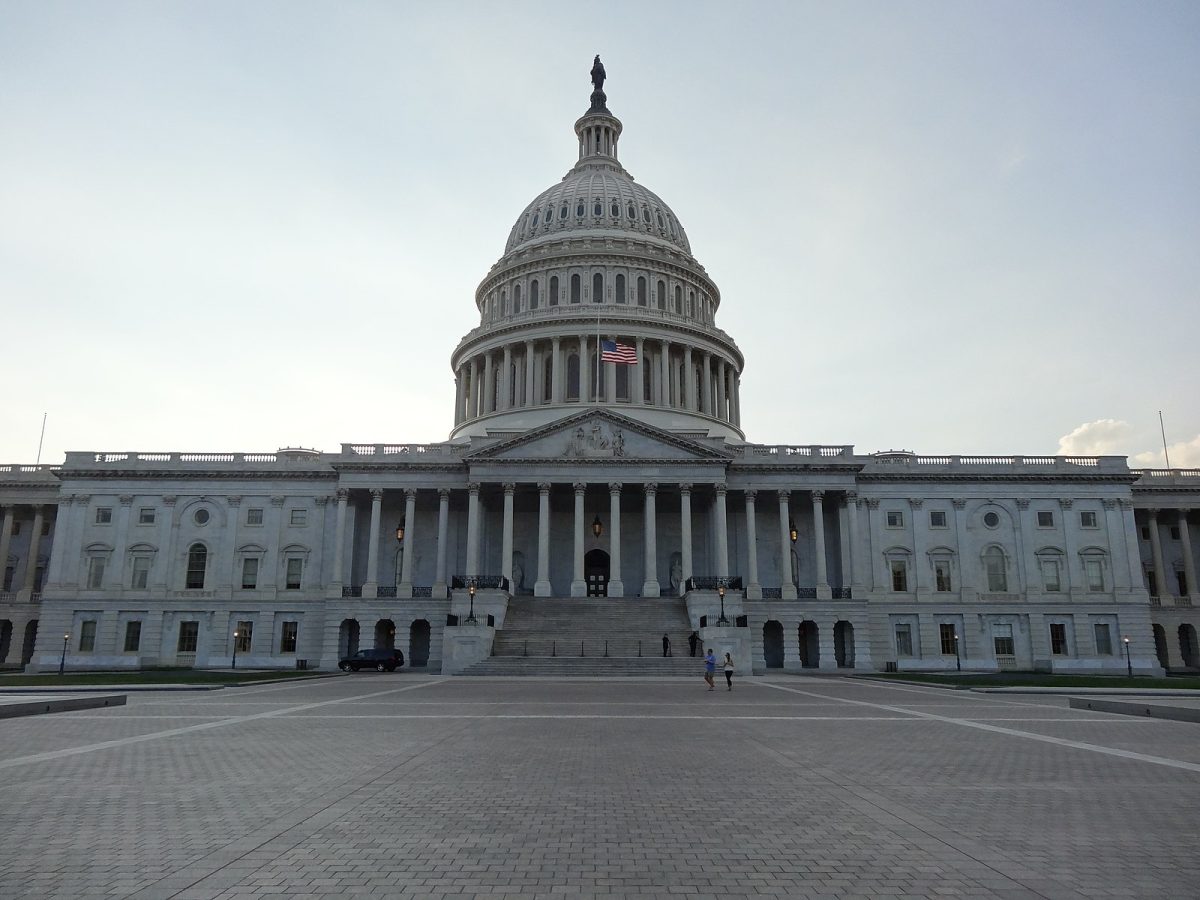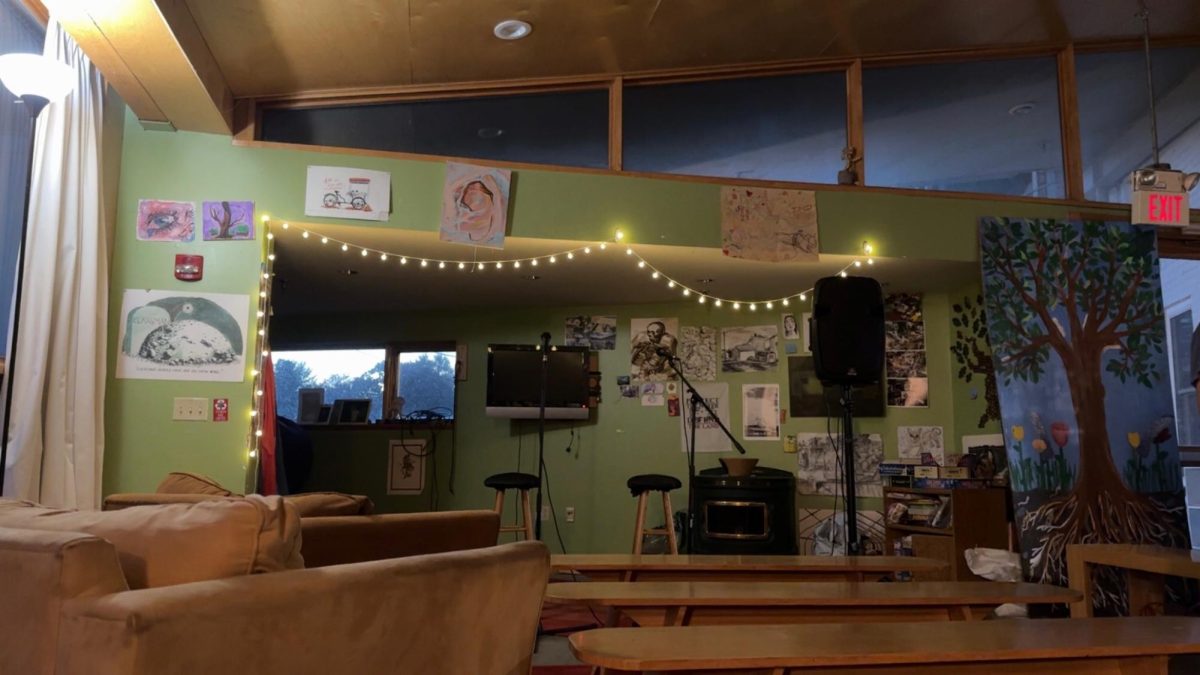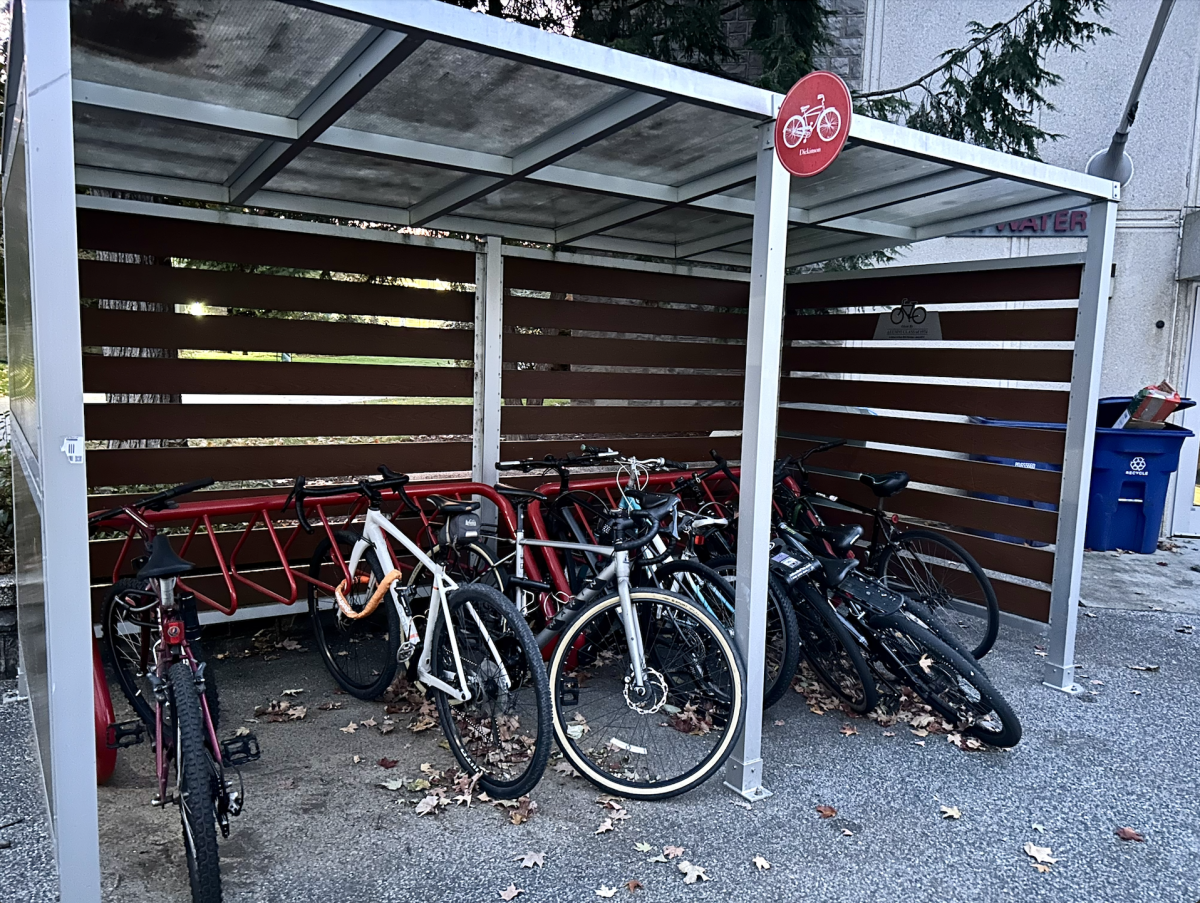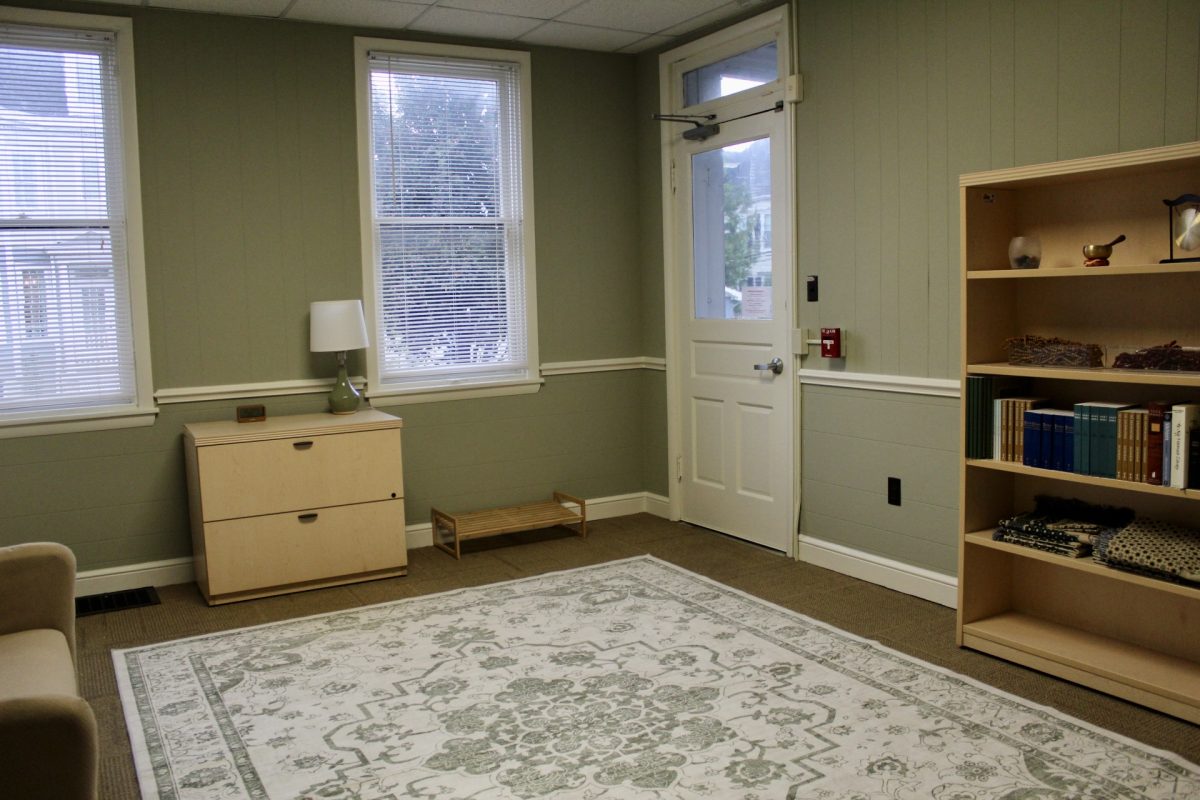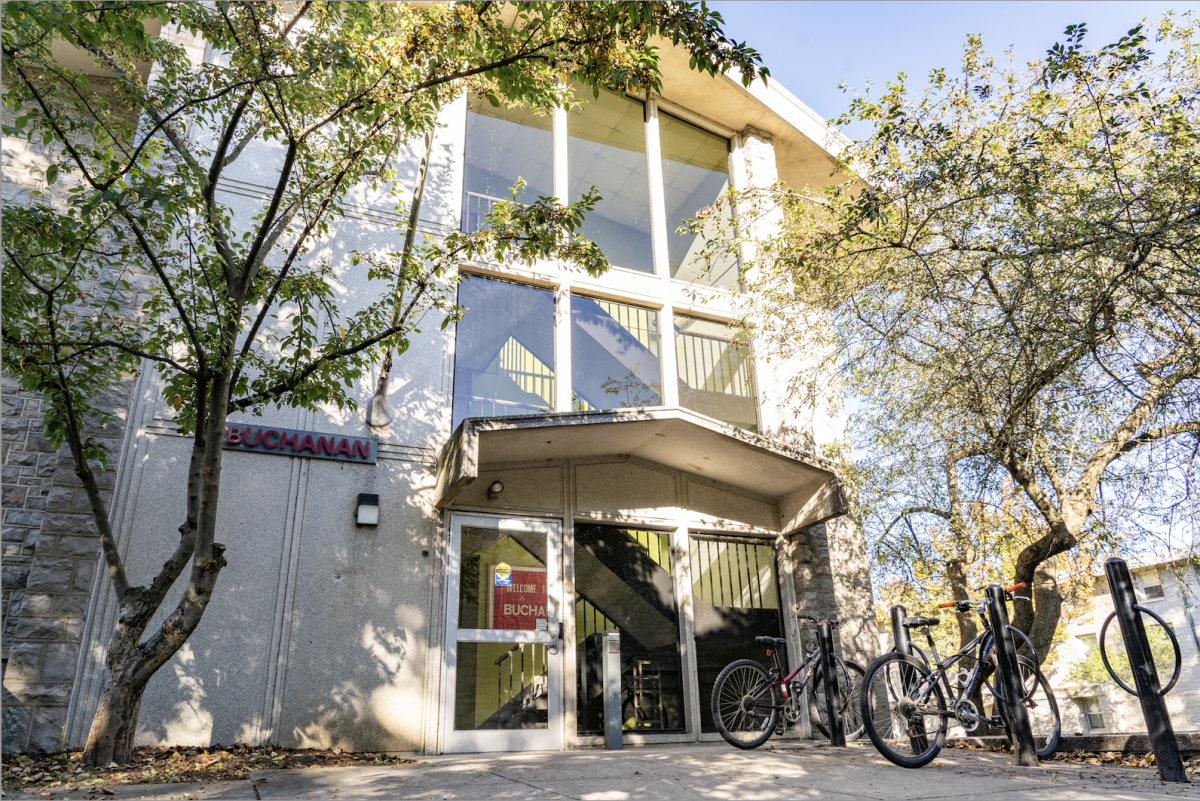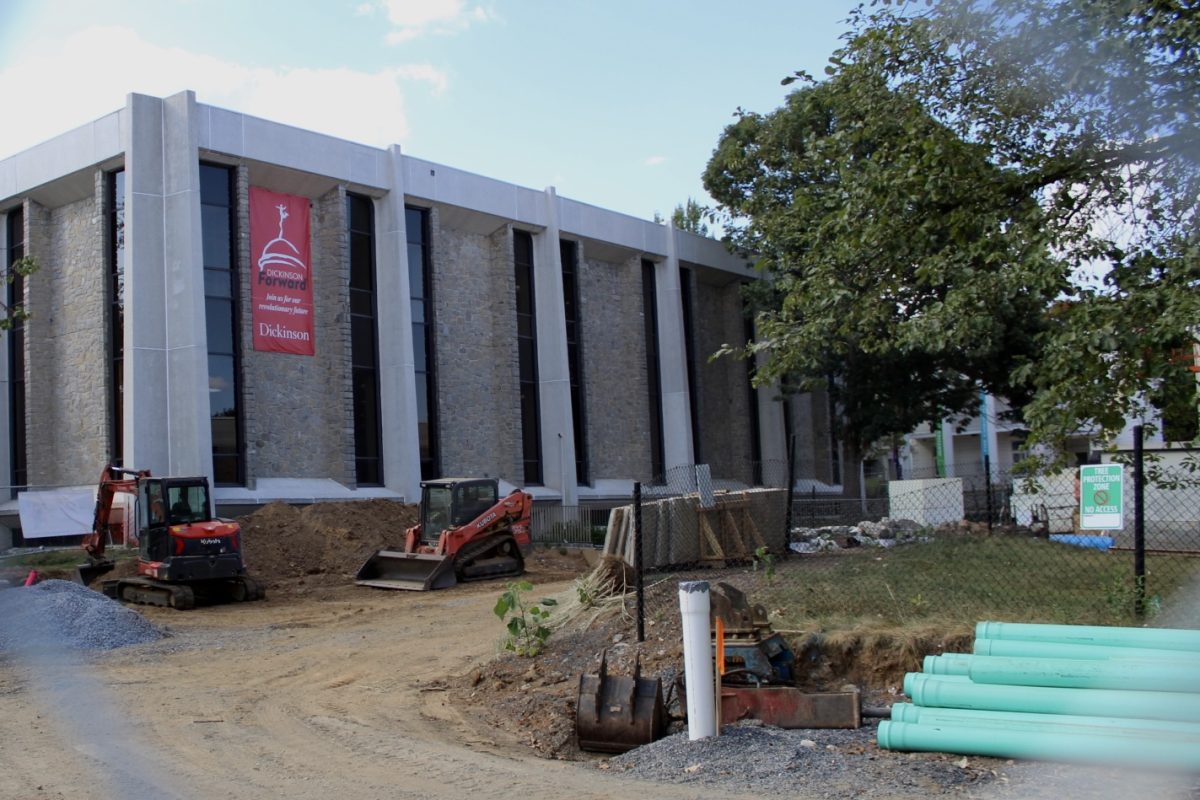How often do you have to plan out when you’re going to use the bathroom? Do you look at building maps, trying to find a single-stall bathroom before you even get to your destination? If there is no single-stall bathroom, do you have to weigh the circumstances and people around you to know if you’ll be safe? Have you been told that you’re in the wrong bathroom while washing your hands? Stopped while walking toward the door? Have you seriously feared for your safety if someone else decides that you’re in the wrong bathroom?
For many in the trans community, these are common worries and experiences. At Dickinson, most buildings have inclusive bathrooms, but that does not completely solve the issue.
Daniel Seeger ’27, a transmasculine student at Dickinson who uses he/him pronouns, says that when there are no single-stall bathrooms “it’s scary to try to figure out which to go into. I have to sort of guess which one I think less people will be in before entering, and normally I end up going into the bathroom that correlates with my assigned sex at birth because I feel less like I’ll be hate crimed if anybody is there.”
He is far from alone with these concerns, and they are justified.
According to data gathered in the 2022 U.S. Transgender Survey, “4% of respondents were denied access to a restroom in a public place, at work, or at school in the last 12 months [and] 6% of respondents had been verbally harassed, physically attacked, or experienced unwanted sexual content when accessing or using a restroom.”
The data from the survey is still preliminary and the responses of over 92,000 transgender and nonbinary people in the United States are still going through further analysis. This study is the second of its kind; the first was done in 2015 and culminated in a 300-page report.
This 2015 report points out that “a majority (59%) of people had avoided using a public restroom in the past year due to fear of encountering confrontations and other problems, which led to a range of health issues, including urinary tract infections and kidney-related problems.”
As hostility towards trans individuals continues to increase both socially and legislatively, these physical repercussions are also likely to increase.
Similar rules have already been introduced this year, such as in Montana and Oklahoma. The House Resolution in Oklahoma, HR1002, was introduced in, voted on and adopted on Jan. 7. Since this Resolution was related to House Rules and does not apply to the public, it did not need to be voted on in the House, Senate or signed by the Governor.
A key argument for supporters of bathroom bans is that they are not intended to attack trans individuals, but rather protect women.
According to Katie Oliviero, associate professor of women’s, gender and sexuality studies, “It’s really critical that this is really just a red herring. It’s an appropriation, and they’re doing this in the name of women’s freedom and women’s [protection].” This rhetoric is a very consistent thoughline in bathroom ban discussions and legislation.
“Bathrooms are actually a site of violence for trans and non-binary people, they’re not posing a risk of violence to other folks,” Oliviero continues.
There are also many questions surrounding the enforcement of such acts, with consequences ranging from no enforcement mechanism or punishment of being sued for up to $1,000 in civil damages.
According to the Movement Advancement Project, a nonprofit think tank that focuses on LGBTQ+ issues, “bathrooom ban laws are impossible to enforce unless the government is willing to engage in aggressive and invasive policing of its citizens’ use of restrooms. Leav[ing] unchecked power to law enforcement officers or even emboldened private citizens…leading to aggressive confrontations, interrogations, or demands that other people using a restroom prove their sex.”
Even though bathroom ban laws are virtually impossible to enforce, that has not stopped efforts to pass laws of this nature. The day that President Trump was inaugurated, he signed more than 20 executive orders, including one titled “Defending Women from Gender Ideology Extremism and Restoring Biological Truth to the Federal Government.”
According to the Human Rights Campaign, it “attempts to end legal recognition of transgender and nonbinary people under federal law and greenlight discrimination against the full LGBTQ+ community in the workplace, education, housing, healthcare, and more.”
As Professor of Political Science Sarah Niebler explains, “Executive orders often have to do with how a piece of legislation is interpreted or how it should be enforced, or how it should be implemented on the ground in real life.”
Despite the main purpose of executive orders being to interpret and clarify the legislation, the Defending Women order does not relate to legislation. It also gives no actionable steps related to its implementation. Niebler says that it “is intended to solve a problem which does not exist, making it mean-spirited, cruel, capricious, [and] arbitrary.”
On Jan. 29, a memo was sent by the U.S. Office of Personnel and Budget Management to agency heads with somewhat actionable steps. The steps were to be implemented by Friday, Jan. 31 to “end federal funding of gender ideology.”
The steps include, but are not limited to, taking down websites and other media that reference gender and “ensur[ing] that intimate spaces designated for women, girls, or females (or for men, boys, or males) are designated by biological sex and not gender identity.” This memo, as part of the implementation of the executive order, demands a federal bathroom ban.
The extent of these requirements and their repercussions are unknown, though they are sure to have far-reaching consequences. This Executive Order emboldens transphobia and the legal erasure of trans identity, adding to the atmosphere of fear that many marginalized communities are facing in this moment. It is not a question of if violence will occur in bathrooms because someone is thought to be trans, but when that will happen next.
Over the past ten years, there have been increasing attempts to pass “bathroom bans” which would force people–targeting transgender and non-binary individuals–to use the bathroom corresponding to their sex assigned at birth.
In November, less than two weeks after the election, Rep. Nancy Mace (R-S.C.) pushed for Speaker Mike Johnson (R-La.) to modify House rules with the intent to ban Rep. Sarah McBride (D-Del.) from using the women’s bathroom in the Capitol.
The same day, Mace introduced a bill, House Resolution 10186, “to prohibit individuals from accessing or using single-sex facilities on Federal property other than those corresponding to their biological sex.” It notably features virtually the same wording as in the Executive Order.
This bill has the potential for wide-ranging consequences as it would apply to Federal land, including anything “owned, leased, or instrumentality” of the United States. Meaning, this would not be limited to Congress, but also major airports, federal museums like the Smithsonian and institutions like the Carlisle Barracks and Army War College.
Niebler said that “the implications are significant and the reach of this could be much more widespread and dramatic than the [state] bathroom bills that we’ve seen introduced in the past.”
Mace’s Bill, the “Protecting Women’s Private Spaces Act,” was referred to committee and has not moved since November.
Under the leadership of Johnson, an effective bathroom ban has moved forward to determine the House rules. On Nov. 20, Johnson said that “all single-sex facilities in the Capitol and House Office Buildings such as restrooms, changing rooms, and locker rooms – are reserved for individuals of that biological sex.”
While this rule was not included in the House Rules package passed Jan. 3, it was explicitly read into the Congressional Record, according to NBC News.




